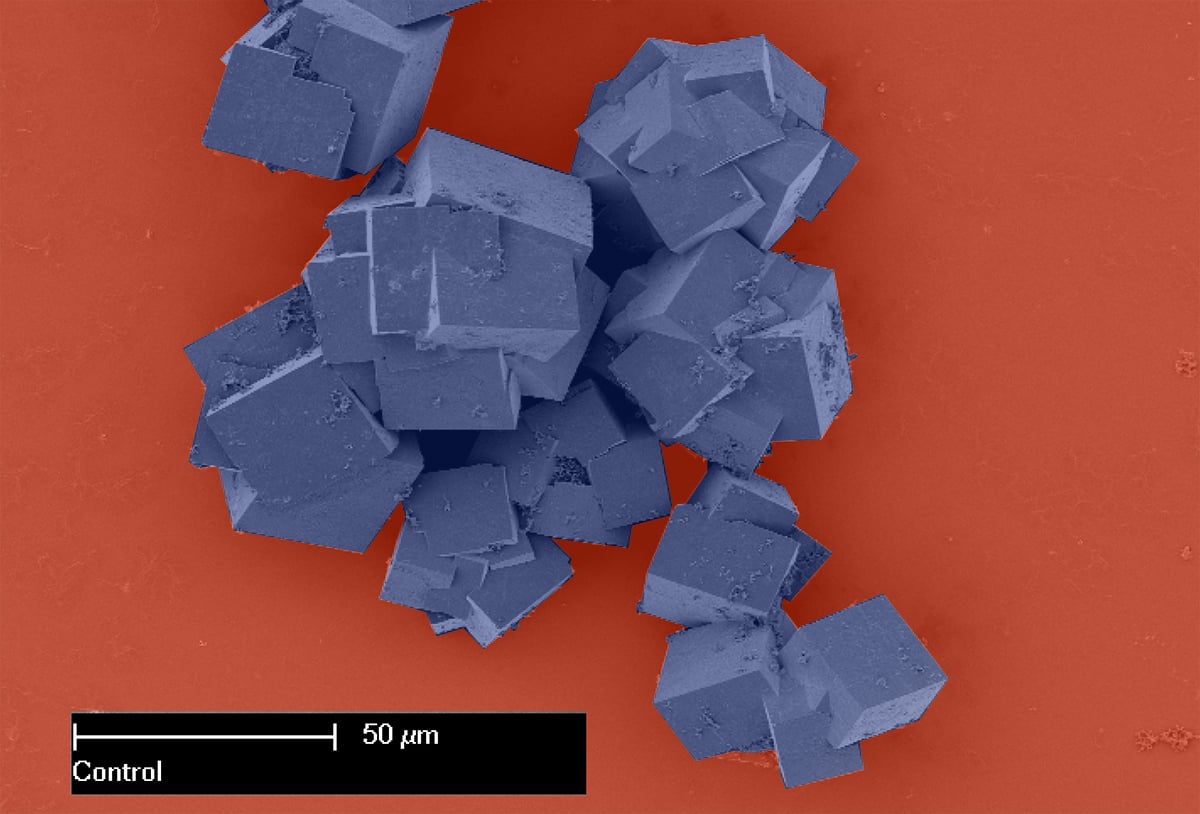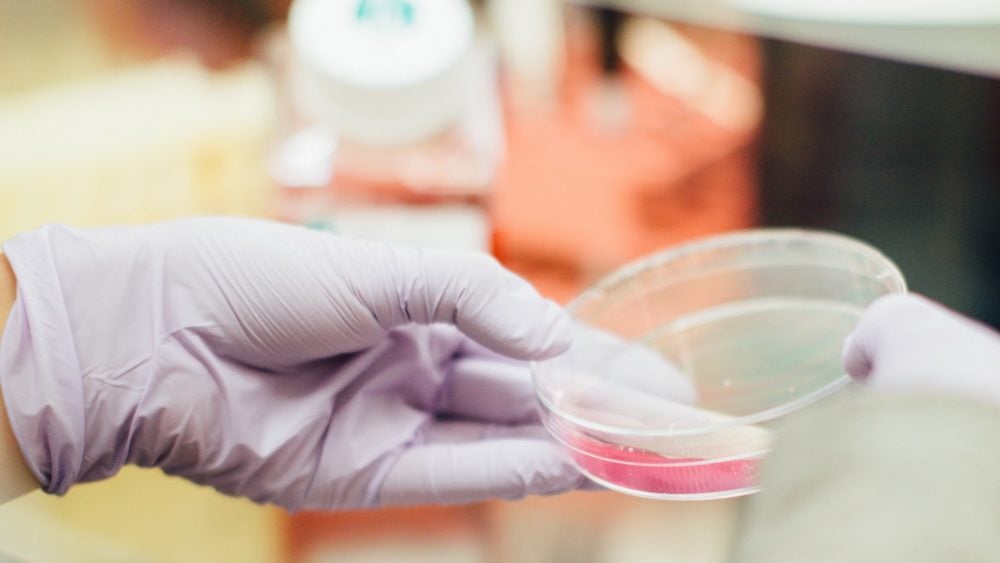Large surface area lends superpowers to ultra-porous materials
Some materials are special not for what they contain, but for what they don’t contain. Such is the case with metal-organic frameworks (MOFs) – ultra-porous structures that are being developed for a variety of future applications from fire-proofing to drug-delivery. MOFs are, in fact, the most porous materials known to humankind. One metal-organic framework, so-called NU-110, has … Read more


